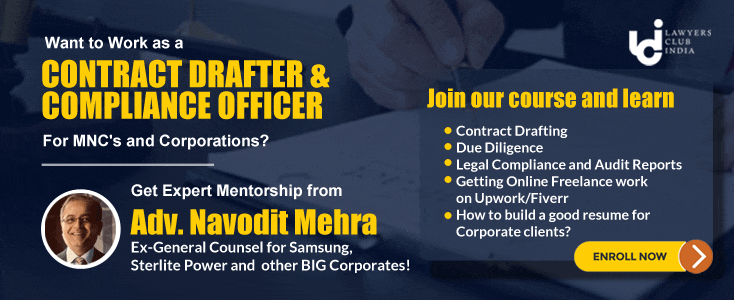PATENT LITIGATION
|
Many businesses believe that receiving a patent offers complete protection against infringement. However, when a patent is threatened, patent holders must take more drastic measures to protect their interests. Patent litigation includes legal actions to protect patents against infringement, and may result in monetary damages or an injunction against the infringement. Patent infringement occurs when another party makes, uses, or sells a patented item without the permission of the patent holder. The patent holder may chose to sue the infringing party to stop his or her activities, as well as to receive compensation for the unauthorized use. Since intellectual property is governed by federal law, the patent holder must sue the unauthorized party in federal district court. Patent holders must bring infringement actions within six years from the date of infringement; if the suit is not brought in this time limit, it is time-barred, ratifying the infringement. While a patent litigation proceeds much like any other federal trial, the complicated legal issues surrounding patent validity and infringement are reserved for the court's determination, although some patent litigations use juries for other aspects of the overall case. The alleged infringer typically counters the patent holder's suit by alleging that the patent is not valid. Patents are invalid if the holder included fraudulent information in the U.S. Patent and Trademark Office application; if the patent resulted from anticompetitive business activities; or if the alleged infringer can show that the patent did not meet the requirements of novelty and nonobviousness required for patent protection. Novelty requires that the invention be entirely new, while nonobviousness means that the invention cannot be a variation or an obvious improvement of an existing invention. The patent holder bears the burden of proof to show that the defendant infringed the patent. The plaintiff must prove infringement by a preponderance of the evidence. This standard means that the greater weight of the evidence must show that the patent is infringed. There are several types of patent infringement. Direct infringement occurs when a product covered by a patent is manufactured without permission. The court may also find indirect infringement. An indirect infringer may induce infringement by encouraging or aiding another in infringing a patent. Contributory infringement occurs when a party supplies a direct infringer with a part that has no substantial non-infringing use. Literal infringement exists if there is a direct correspondence between the words in the patent claims and the infringing device. Even if an invention does not literally infringe the patent, it may still infringe under the doctrine of equivalents. A device that performs the substantially same task in substantially the same way to achieve substantially the same result infringes the patent under this doctrine. If the court finds infringement, it must still determine whether the infringement was willful. Willful infringement involves intentional disregard for another's patent rights. Willful infringement encompasses both direct and intentional copying and continued infringement after notice. Patent users and inventors should employ patent attorneys to ensure that the use of a patent is valid and noninfringing. Even if infringement is later found, the attempt to secure a legal opinion is evidence that the infringement was not willful. If the court finds that the infringement was willful, the infringer faces a substantial financial penalty; a willful infringer may end up paying triple the amount of actual damages suffered by the patent holder, as well as the plaintiff's attorneys' fees. When a court finds infringement, the infringer usually must pay damages to the patent holder, either in the form of actual damages or a reasonable royalty for the unauthorized use. Actual damages include lost profits the patent holder would have realized but for the infringement, while a reasonable royalty depends on the type of product, other royalty arrangements, time remaining on the patent, and other issues. In addition to damages, the prevailing party is also entitled to costs. Costs include court filing fees and related litigation expenses. In addition to infringement damages, a patent owner may stop the infringer from continuing to produce infringing products. The court typically, as a matter of course, issues a permanent injunction after the infringer is held liable for violating the patent. In some instances, the patent holder will seek a preliminary injunction at the outset of the lawsuit where he or she can show no detriment to the public interest if the injunction is granted, a substantial likelihood of success on the merits of the case, and more compelling hardship for the patent holder if the infringer continues his or her activities while the case proceeds. The patent holder will find it difficult to get a preliminary injunction unless a prior adjudication proved the validity of the patent. The technical underpinnings of patent law means that patent holders and accused infringers should seek highly skilled legal help. Patent attorneys can assist litigants in developing their cases and in securing aggressive litigation services. |
Join LAWyersClubIndia's network for daily News Updates, Judgment Summaries, Articles, Forum Threads, Online Law Courses, and MUCH MORE!!"
Tags :Property Law












